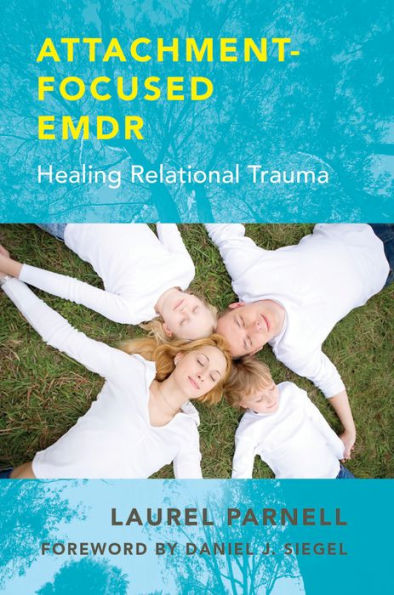Table of Contents
Acknowledgments ix
Foreword Daniel J. Siegel xiii
Introduction xvii
Part I Overview
Chapter 1 Laying the Groundwork 3
Chapter 2 The Five Basic Principles of Attachment-Focused EMDR 12
Chapter 3 Therapist Characteristics and Skills for Attachment Repair 30
Part II Healing Resources
Chapter 4 The Four Most Important Resources 45
Chapter 5 Creating New Parents and Repairing Developmental Deficits 73
Chapter 6 Case Histories of Repairing Developmental Deficits 95
Chapter 7 Love Resources 107
Chapter 8 Additional Attachment-Repair Resources 118
Part III Using EMDR
Chapter 9 Creating the Safe Therapeutic Container 137
Chapter 10 Case Example: Preparing a Client with Severe Attachment Trauma for EMDR, by Holly Prichard 160
Chapter 11 Creating Targets and Modifying the Protocol 174
Chapter 12 Reevaluation and the Pacing of Treatment 198
Chapter 13 Bringing an Attachment Focus to Desensitization 203
Chapter 14 Using Interweaves to Unblock Processing 216
Chapter 15 Five EMDR Sessions Demonstrating the Use of Interweaves to Repair Attachment Trauma 256
Part IV Case Examples
Chapter 16 Using AF-EMDR as an Adjunctive Therapist to Treat Lifelong Depression, Developmental Neglect, and Attachment Wounding, by Holly Prichard 287
Chapter 17 AF-EMDR With a Young Woman With Eating Disorders, PTSD, Anxiety and Early Attachment Trauma, by Elena Felder 321
Chapter 18 Brief AF-EMDR With a Client Experiencing Panic Attacks, Depression, and Stalking Behavior, by Rachel Howard 341
References 373
Index 379



